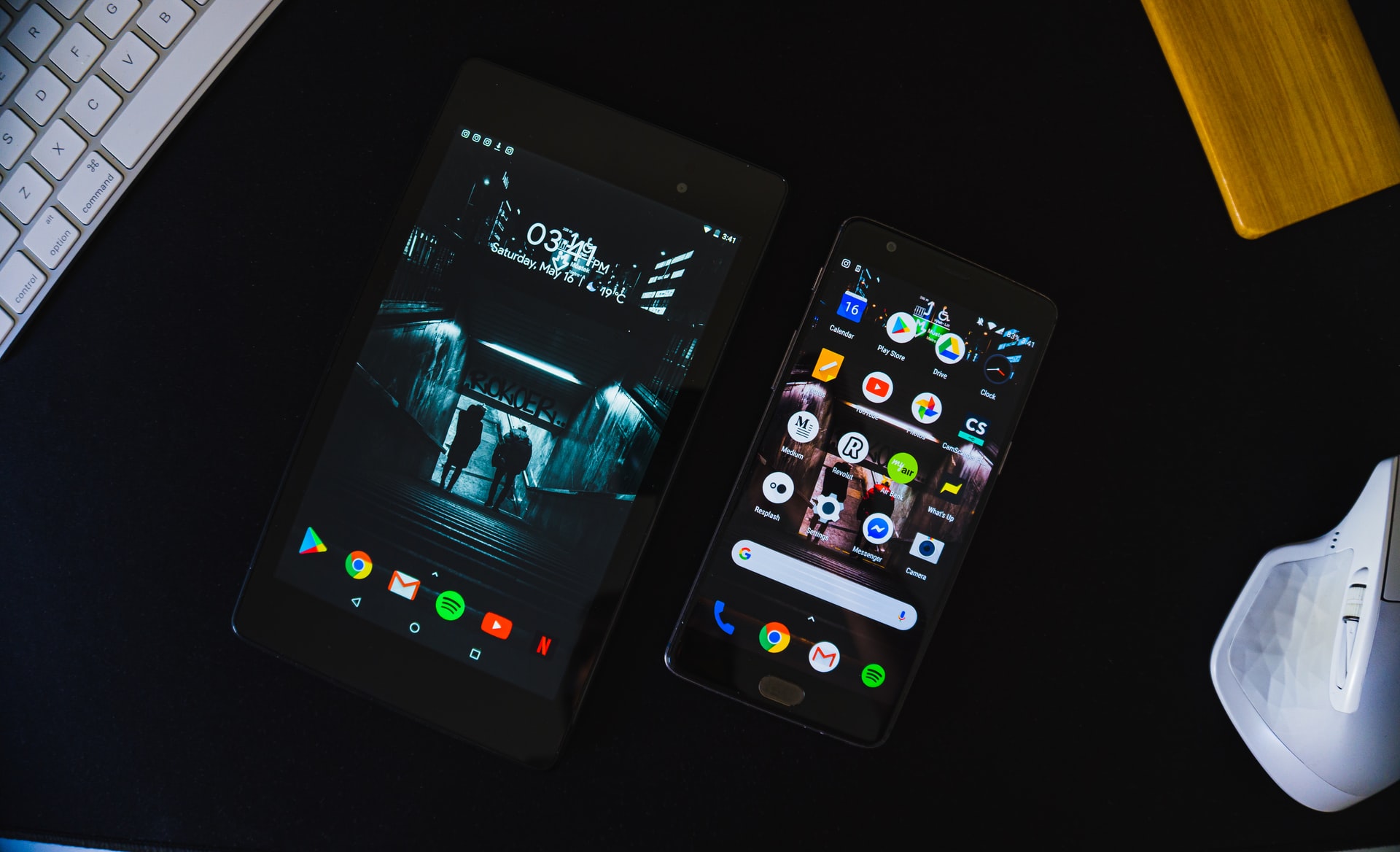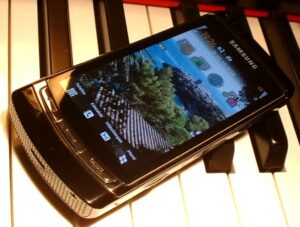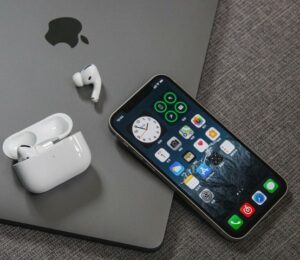
At some point in time, we started using mobile phones. These phones were portable and we were able to make calls and send text messages, at first. As technology progressed, we got more usability out of these phones, such as the ability to run video games and even browse the internet.
As mobile phones advanced, so did the software that was running on them. At some point, we were able to emulate other gear on mobile phones, such as 90s arcade machines, and play video games from ages ago.
Today’s mobile phones can do anything from video editing to making phone calls and sending messages, not to mention streaming music and content over the internet.
Mobile phones also must run on some operating system, right? Well, yes and mobile OSs are popular nowadays. Here is more about how mobile OSs work and what makes them great.
The Early Mobile OSs

We had mobile operating systems as far back as the early 1990s, 1993 to be specific. Mobile phones that existed before the 1990s used embedded systems, which is not the same as a phone-specific OS.
One of the most interesting mobile OSs was released in 1998, and was called Symbian. Symbian was developed by a consortium of experts, to be used almost exclusively for ARM processors, which were found in mobile phones, even then.
Symbian was used in phones from various manufacturers, namely Samsung, Sony Ericsson, Nokia, and Motorola. The system was mostly used by Nokia. BlackBerry was also one of the first entries to the market that changed the way we viewed mobile phones, in 2002. The major changes didn’t happen until 2007 and 2008.
iOS and Android

The two major shareholders of the mobile phone OS market were released in 2007 and 2008, respectively. Apple released the iPhone in 2007, with their iOS, the first version of the mobile OS that is still to this day used.
2007 was also the year that the Open Handset Alliance was formed, a consortium of companies, basically most of the companies that to this day use Android.
OHA released Android in 2008, a system based on a modified Linux-kernel, open source and ready to compete.
Whereas iOS was built to work squarely with Apple-chosen hardware, Android could be adapted to work with anything, which can be seen by today’s choice of phones, with various chipsets, cameras and any other third-party implementation.
These systems changed the way we use computers.
How Do They Work?

Like most operating systems, these systems allow multitasking on the principle of time-sharing. We can do anything from painting while taking a call, while having a browser open and having a clock work in the background, as well as a download process.
Today’s mobile OSs are in almost every way similar to desktop OSs, except that most of them are built to work with ARM, instead of the x86 architecture.
Most mobile OSs can be adapted to use various types of hardware. Some new ARM processors are even powerful enough to handle x86 applications through emulation. The only problem is the form-factor, phones not being made for practical work.
Mobile operating systems of today match most operating systems for desktops in terms of quality and what they can do. They enable mobile usage on a very high level.